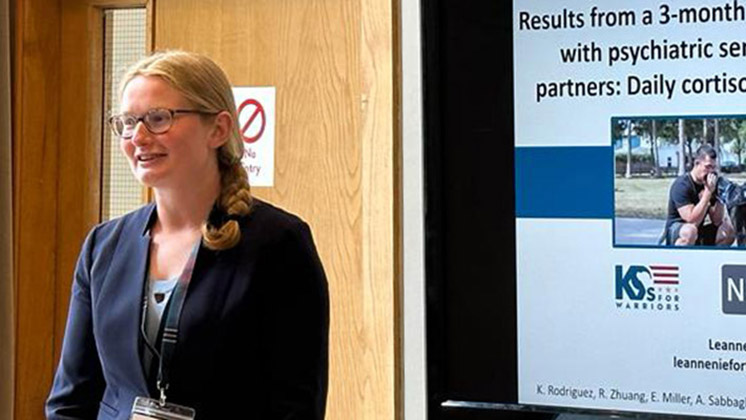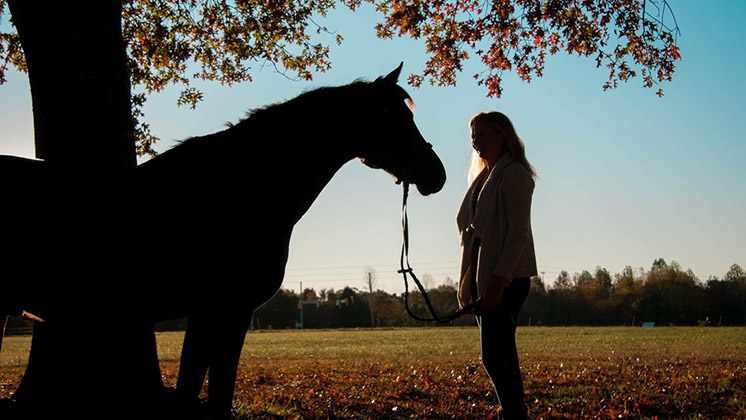How PTSD Service Dogs Are Transforming Military Family Life

Posttraumatic stress disorder (PTSD) affects nearly 23% of veterans who served after 9/11, creating challenges not just for them but for their families too. A recent study explores how psychiatric service dogs help alleviate these issues and foster resilience among military families. Here's what the research uncovered.
The Impact of PTSD on Military Families
PTSD can significantly disrupt veterans' daily lives and relationships, leading to anxiety, depression, and social withdrawal. This often places immense stress on their spouses and children, who may experience secondary trauma, increased anxiety, or caregiver burnout.
How Service Dogs Help
Service dogs provide critical support by performing tasks that mitigate PTSD symptoms, such as interrupting panic attacks or creating a buffer in public spaces. The research found that these dogs contribute in three key ways:
- Building Emotional Resilience: Service dogs help veterans regulate their emotions and build emotional "reserves," which benefits the entire family. Veterans reported feeling safer and more independent, enabling them to reconnect with family life and engage in daily activities with confidence.
- Relational Challenges: While service dogs offer tremendous benefits, their presence can also increase the "relational load" on families. Spouses often take on the additional burden of caring for the dog, which can strain household dynamics. Issues such as training difficulties and disruptions to intimacy were highlighted as potential drawbacks.
- Fostering Togetherness: Despite challenges, service dogs were shown to strengthen family bonds. Their presence facilitated better communication and increased family activities, turning them into valued members of the household. Some families even described their service dog as the key to reclaiming a sense of normalcy and happiness.
Takeaway
While service dogs present some challenges, their ability to foster resilience and support among military families is invaluable. They help rebuild lives not just for veterans but for everyone at home, offering new hope for stability and connection.
Conclusion
The study underscores that service dogs are more than a therapeutic tool; they become integral members of military families. For optimal benefits, the research suggests that service dog programs could include family-focused training to ensure smoother integration and reduce stress.
Read the Research Paper
This article was based on the research of Dr. Leanne Nieforth and the HAPI lab. Read the research:
Suggested Articles

Anthropomorphizing in Equine-Facilitated Learning and Psychotherapy
Anthropomorphizing in equine-facilitated learning and psychotherapy can aid human healing but may misrepresent horse behavior; a 2025 study urges therapists to use critical reflexivity to balance empathy with accurate equine understanding, ensuring ethical and effective EFL/P practices.
Read more
Exploring the Landscape of Human-Animal Bond Research
Discover key insights from a 2021 survey on human-animal bond research, highlighting growth in academic centers, evolving focus areas, and expanded educational programs in this thriving interdisciplinary field.
Read more
Exploring the Benefits of Animal-Assisted Interventions for Autism Spectrum Disorder (ASD)
Explore the growing impact of Animal-Assisted Interventions (AAIs) for Autism Spectrum Disorder, enhancing social engagement, emotional well-being, and behavioral outcomes, while highlighting research trends and challenges.
Read more
